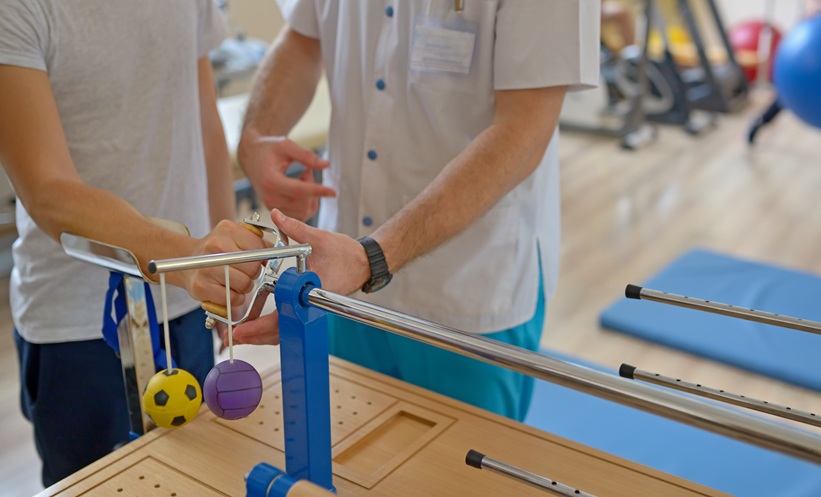HAND dexterity in brain tumors appears more closely linked to brain network connectivity than traditional tumor features.
Brain Network Patterns in Hand Dexterity in Brain Tumors
In this prospective study, investigators evaluated 21 adults with newly diagnosed contrast enhancing brain tumors. Hand dexterity was measured with the 9-hole peg test and the Duroz Hand Index, alongside resting state and task based functional connectivity. The team focused on how somatomotor, basal ganglia and salience networks support fine motor control during rest and during an active dexterity task.
Poor dexterous performance showed a distinct connectivity signature. Patients who struggled to complete dexterous tasks had low somatomotor to basal ganglia connectivity at rest, yet abnormally high somatomotor to basal ganglia connectivity during the task condition. These findings suggest that insufficient baseline coupling between these networks may limit the capacity for smooth hand movements, while excessive task related coupling may reflect an inefficient or compensatory response.
Resting Versus Task Based Connectomic Markers
Among participants with relatively better dexterous performance, a different pattern emerged. Higher resting connectivity between somatomotor and salience networks was seen in people with poorer dexterity. A similar relationship was observed in healthy adults from the Human Connectome Project, supporting the idea that this salience to somatomotor coupling is a fundamental feature of how the brain supports hand function rather than a tumor specific artifact.
Across models, connectomic variables were stronger predictors of dexterous performance than classical tumor characteristics such as size, grade or anatomical location. The authors propose that a threshold level of somatomotor to basal ganglia connectivity is required to execute dexterous movements. Once that threshold is preserved, salience to somatomotor connectivity appears to play a dominant, hierarchical role in refining performance.
Clinical Implications for Surgery and Rehabilitation
These findings highlight the value of incorporating functional connectivity and connectomic mapping into preoperative planning for people with brain tumors that affect hand function. Identifying patients with vulnerable somatomotor to basal ganglia pathways or maladaptive salience network coupling may guide surgical approach, risk counselling and early rehabilitation planning. The work also supports future trials of neuromodulation-based rehabilitation strategies that target these specific networks to preserve or restore hand dexterity in brain tumors.
Reference: Boerger T et al. Different brain network connectomic relationships subserve hand dexterity during task versus resting states in people with brain tumors. Brain Behav. 2025;15(11):e71032.






